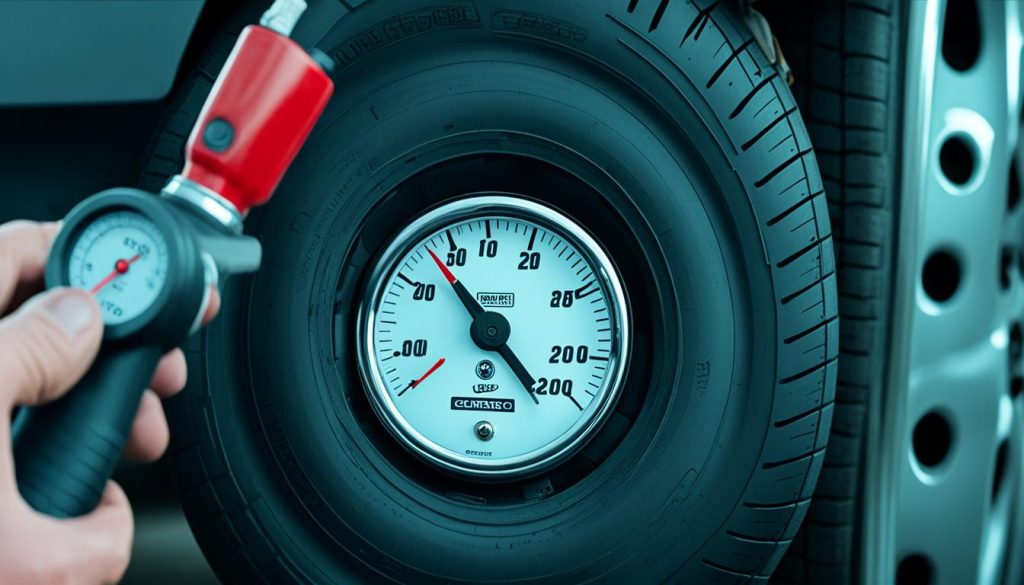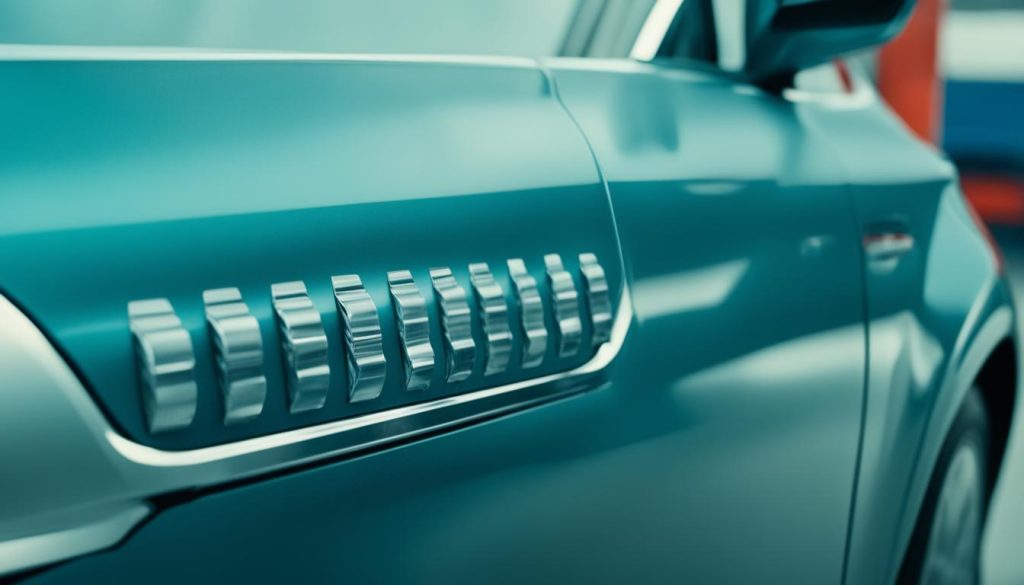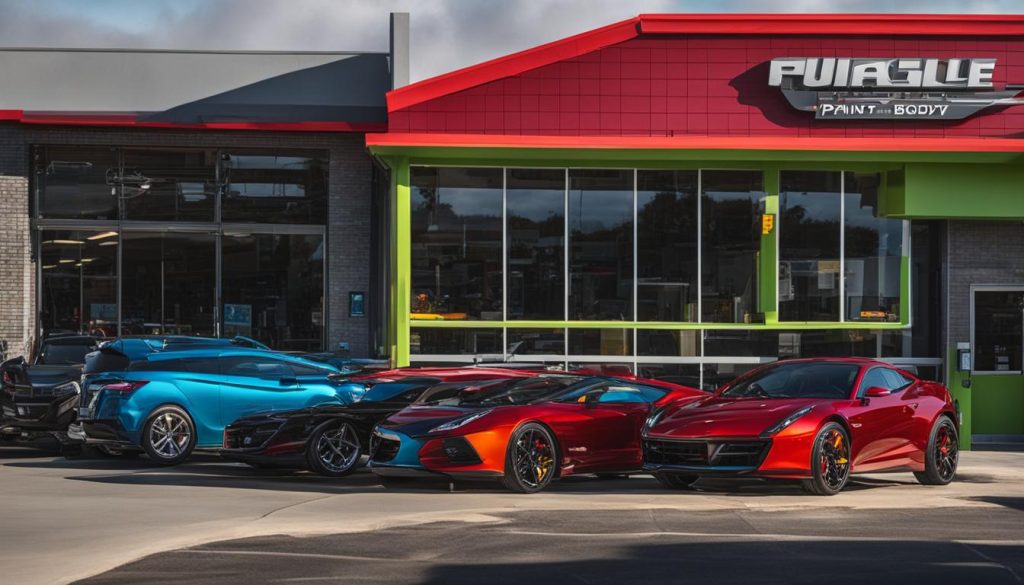There’s a reason so many people choose to restore a classic vehicle on their own. Spoiler alert: it’s not usually for the pure joy of it. Fact is, a proper restoration takes not only time, space, and tons of skill, but also countless tools and equipment. And all of that still requires money. So, for those with more time and tools than money, performing your own restoration might be the only option. Simply put, paying professionals to restore your car is expensive, as I learned firsthand when running a restoration shop.
In the year and a half that I ran that shop, I saw countless customers come to the realization that a professional restoration didn’t make sense for them. As my shop managers shared estimates with them based on years of experience, I often their dreams fade away. And there was usually one factor that our clients couldn’t get their heads around: how fast the labor adds up.
Labor is hands-down the most expensive part of virtually any restoration. This is true at any shop, too. Nationally, I would estimate the current labor rate at most established restoration shops is around $125 an hour, give or take. I’ve talked to shops that charge as little as $85 an hour (and do great work) and have heard of at least one charging upwards of $225.
The shop I worked for was billing $135 an hour when I left. Some would argue that’s too much to charge for working on old cars, but it’s not really the labor rate that adds up so much as the hours themselves. Let’s do some quick math to see why.
Breaking Down the Numbers
We’ll use the round figure of $125 an hour for labor. At that rate, to have a single technician working on a car for a full, 8-hour day will consume $1,000. And that’s before any parts, materials, shop supplies, taxes, or other fees. A full week of work will leave you with a $5,000 bill.
Now let’s talk about how long a full restoration takes. If you start with a solid, complete, running and driving vehicle and you’re thinking about a mild cosmetic refresh (paint and upholstery, say) and a light mechanical overhaul, you will probably be looking at 800-1,000 hours of labor alone. If you don’t have your calculator handy, that adds up to $100,000-125,000 in labor. Before parts, materials, taxes, etc.
But let’s say you want a full, frame-off restoration with every nut, bolt, and finish factory-correct. There’s the usual several decades worth of rust, shortcut repairs, dry-rotted rubber, and maybe a dubious body patch made with surplus roofing material where no one could see it. Perhaps a couple pieces of rare trim missing as well. Start by doubling the original labor estimate. Even a “simple” car can consume a couple thousand hours of skilled labor if perfection is a goal. Three-thousand hours is not uncommon for some vehicles. Yes, a quarter-million dollars (before parts and other materials, naturally) is not an unusual budget for a proper show-worthy restoration.
And of course, no experienced shop will write a binding estimate for the labor required for such a job. Old cars are simply too unpredictable. Restoration shops don’t typically work on “book time” but rather on a time-and-materials basis. And it’s not uncommon to see three technicians spending billable time to, say, lower a freshly painted body back onto its frame to ensure it lands without a scratch. Three guys on that task for an hour equals three billable hours of labor on your bill.
Who’s Getting Rich?
But back to the labor rate. Isn’t that $125 an hour a bit excessive? That depends on the individual business to some extent. The guys billing at the low end tend to be one- or two-person operations working on very limited projects. They may also be working out of a small shop or in a remote area with low expenses. More often than not they’ll be subletting a lot of the smaller work they aren’t equipped to handle. That sublet work may be billed at a higher labor rate than their own, and they may still add a markup on it.
But even at the low end of the scale, 2,000 hours at an $85-an-hour shop is still a lot of money.
More realistically, the shops in the middle range charging that $125 rate are spending about a third of that on salaries and benefits for the folks who bill the hours. During the pandemic, technicians were in short supply and customers were eager to spend extra cash on their projects. Keeping experienced talent during this time meant a lot of shops increased pay for their technicians. A typical restoration tech earns between $30 and $40 an hour today based on where they are and their experience.
So what about the other two thirds? A fair majority of that typically goes to fixed overhead like the building and other facilities. Running a shop requires a lot of power to run compressors and lights, not to mention heat and cooling. I used to write $5,000 checks for heating oil in the wintertime. A paint booth only adds to that burden. And wherever there is a strong market for restorations (typically larger metro areas), the property values tend to follow. That’s assuming you can even find a suitable building to rent or buy.
Most of what’s left goes to other salaries, such as the office manager, parts manager, and various support roles. And yes, that includes the owner if they’re not actively working the shop and billing their own labor. However, in talking to dozens of other shop owners over the years, I never met one who claimed to be getting rich on restorations. It is, almost universally, a labor of love.
Does it Make Sense?
So, does it make sense to pay someone to restore a car for you? Maybe. If you have more money than skills, tools, time, and space, then perhaps it does. If you have a blue-chip collectible that is worth more once the work is done, then yes, absolutely. If you own a vehicle that has incalculable sentimental value and a budget to see your vision through, it just may.
But for many of us, restoration is only possible by doing the work ourselves. And that’s okay too. Either way, we’re keeping the memories of these classics alive and sharing them with future generations. And that’s the whole point in the first place.
The Garage™
#True #Cost #Professional #Restoration













